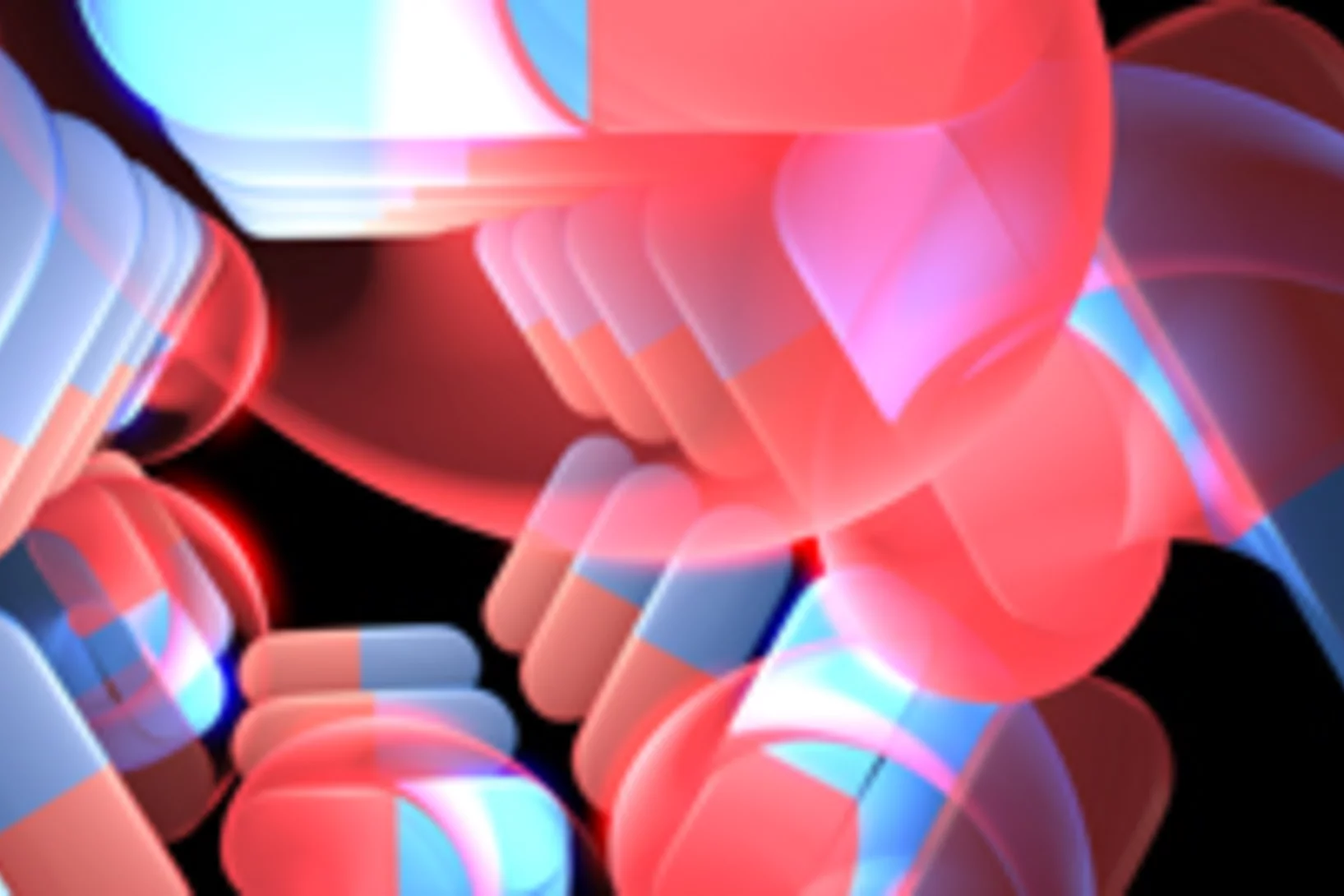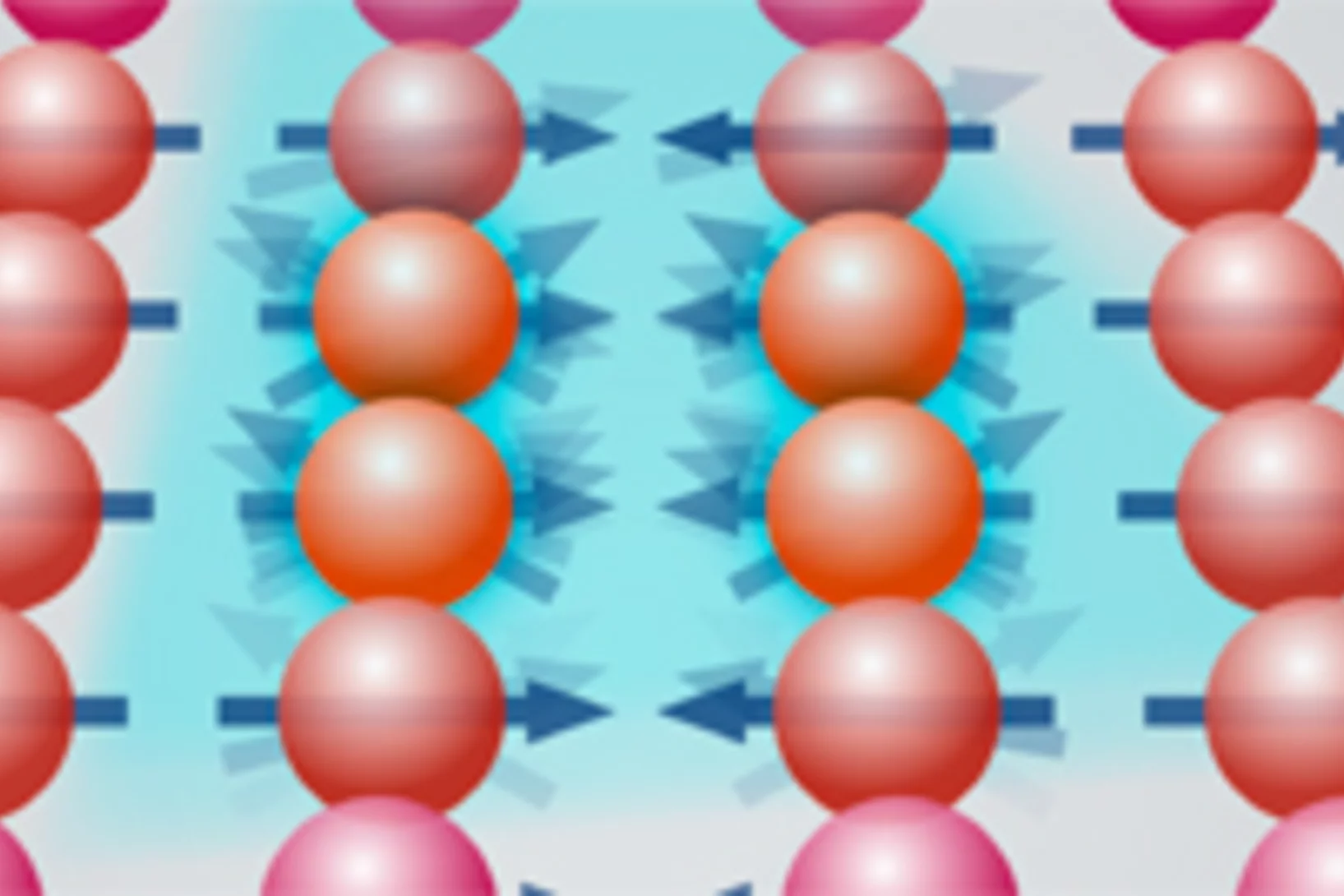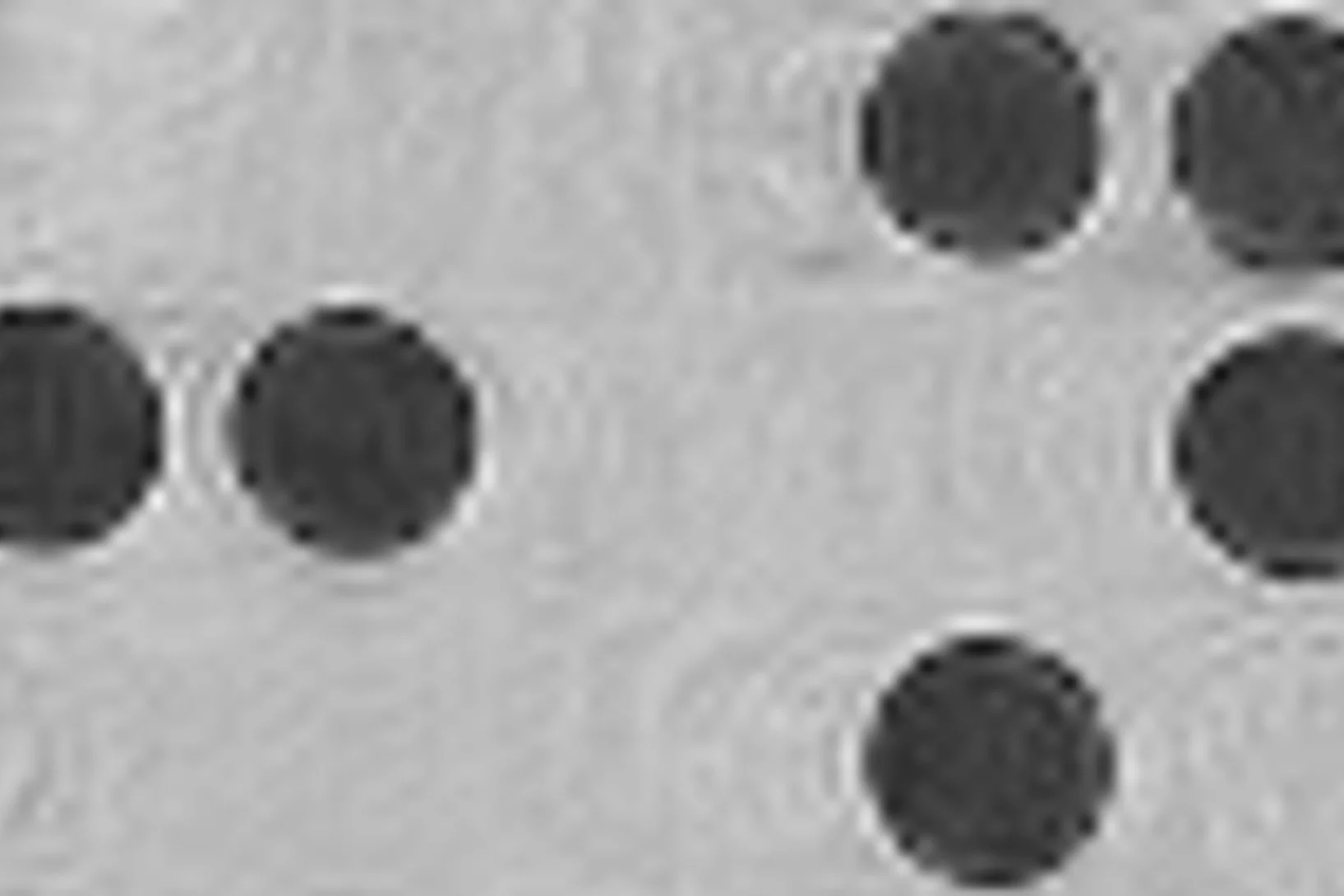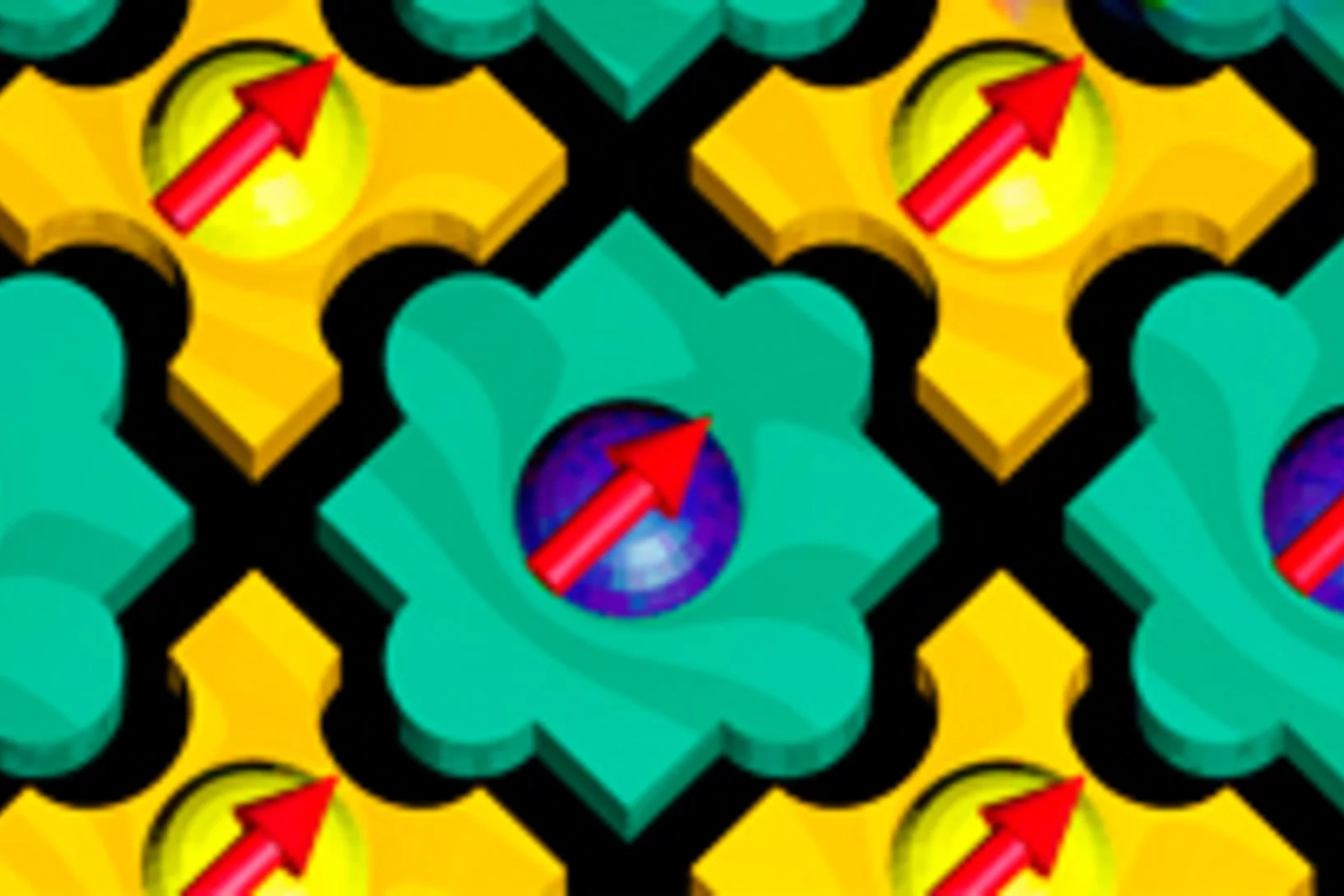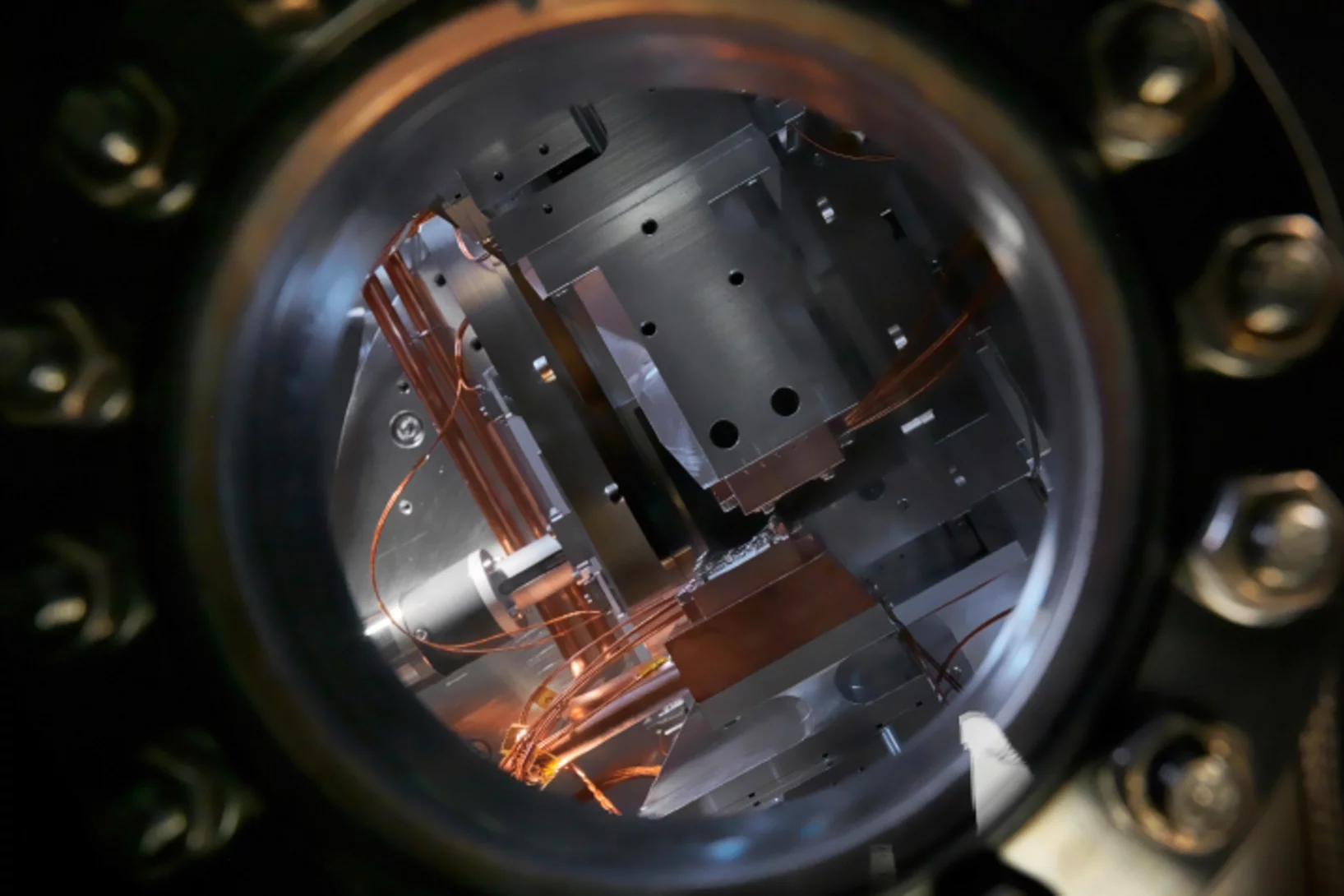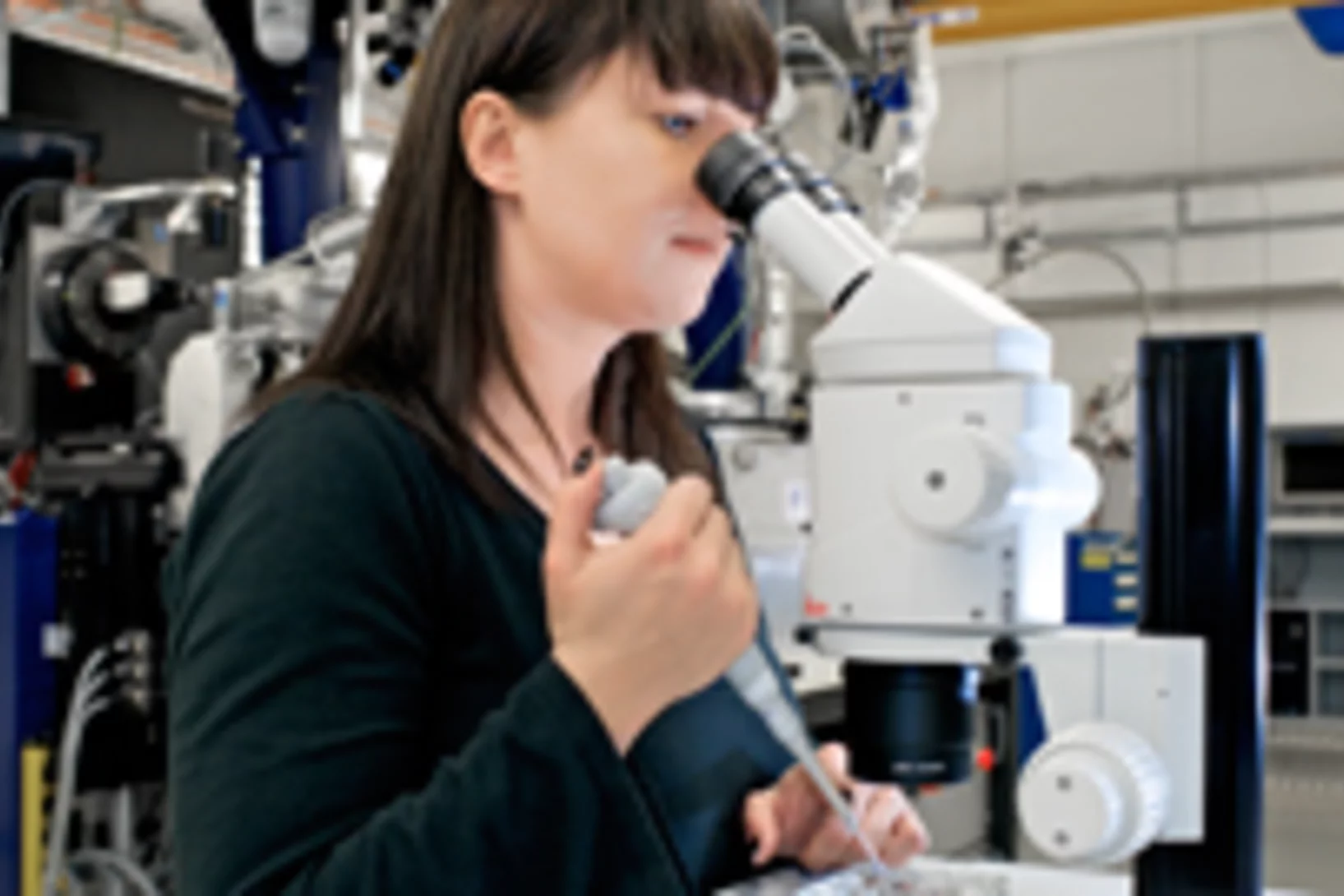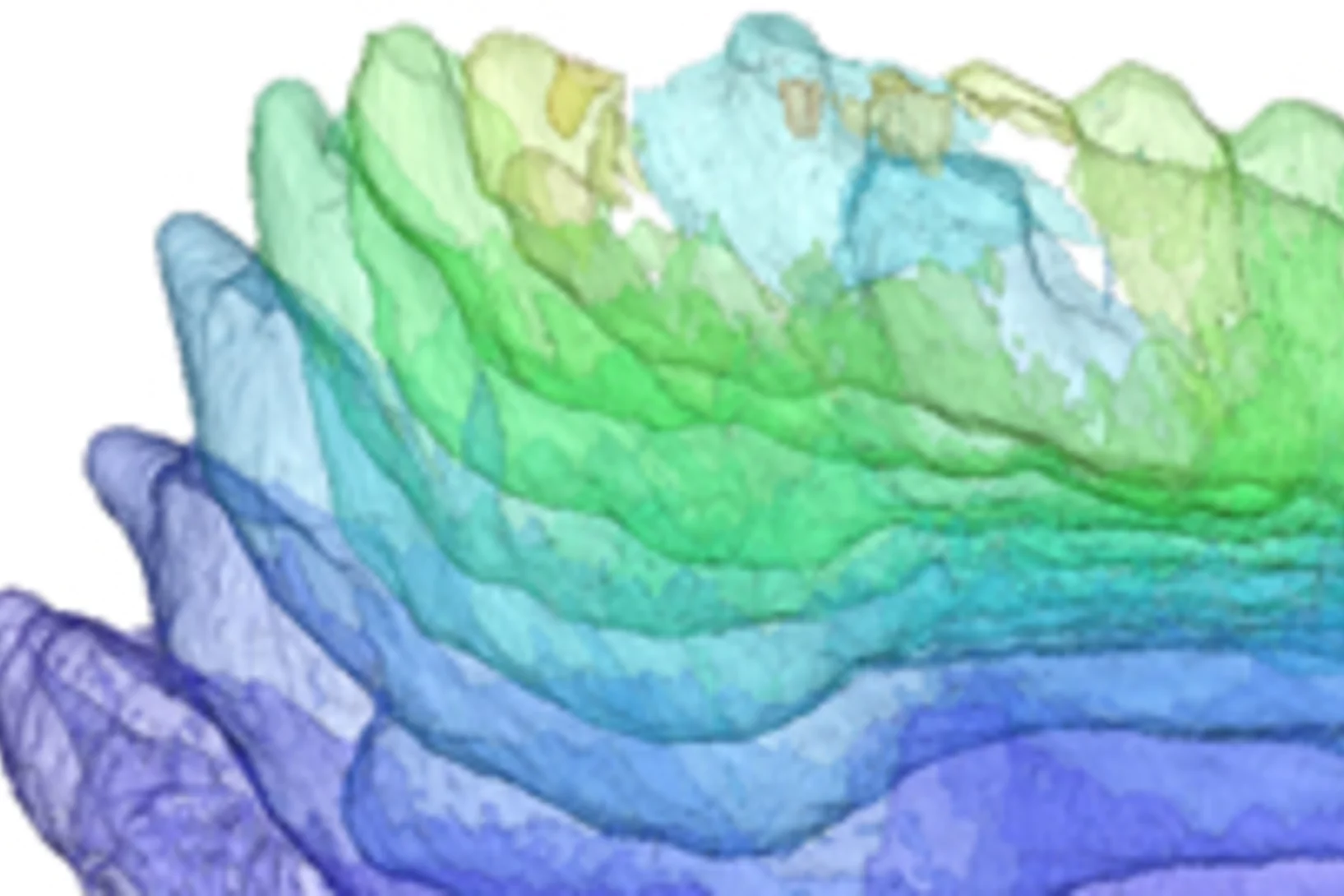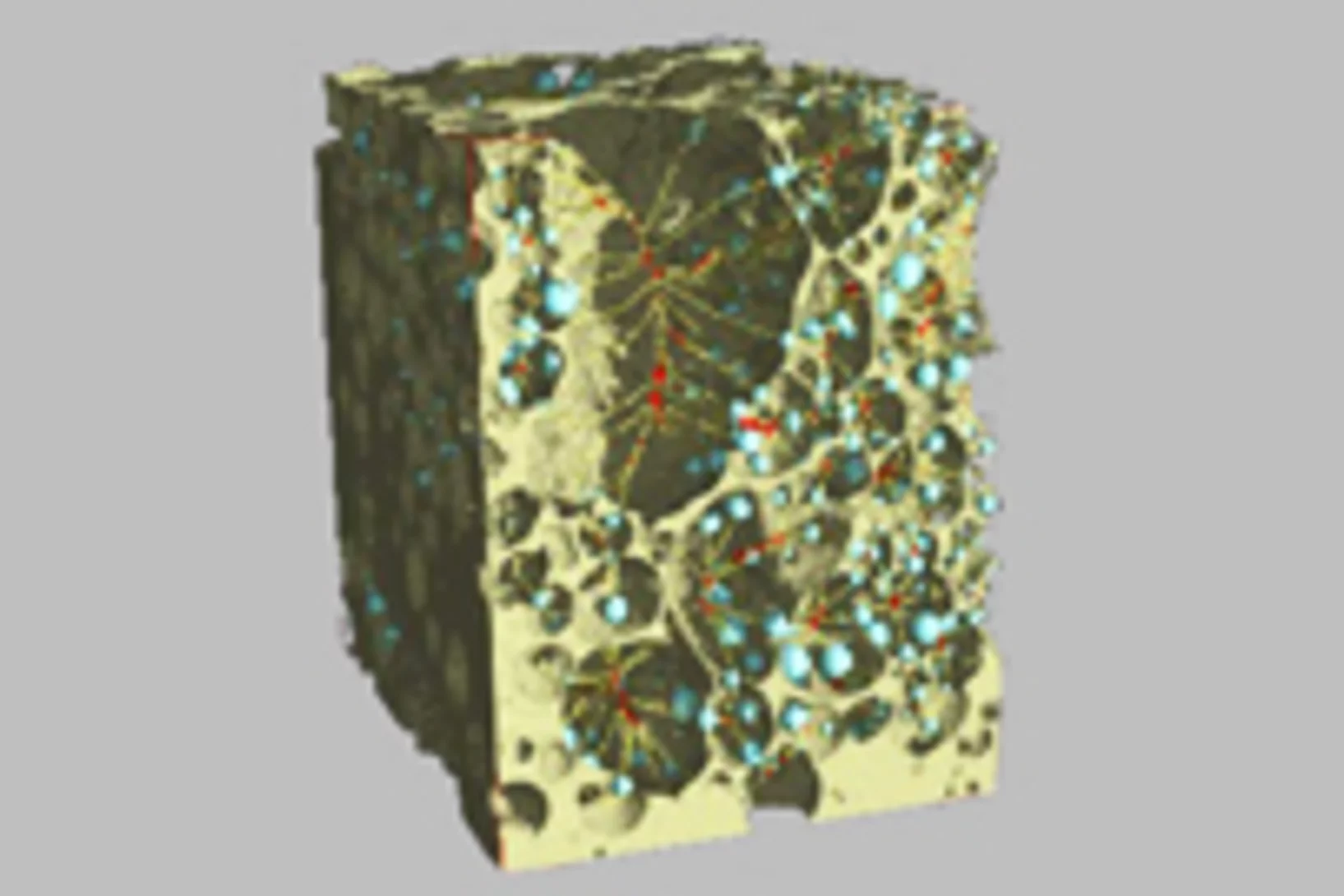SLS
Neutrons and synchrotron light help unlock Bronze Age techniques
Experiments conducted at the PSI have made it possible to determine how a unique Bronze Age axe was made. This was thanks to the process of neutron imaging, which can be used to generate an accurate three-dimensional image of an object’s interior. For the last decade, the PSI has been collaborating with various museums and archaeological institutions both in Switzerland and abroad. The fact that the 18th International Congress on Ancient Bronzes, which is to be held at the University of Zurich from 3 à 7 September, will also be meeting at the PSI for one day is a testament to the success of the cooperation.
Tiny Magnets as a Model System
Scientists use nano-rods to investigate how matter assemblesTo make the magnetic interactions between the atoms visible, scientists at the Paul Scherrer Institute PSI have developed a special model system. It is so big that it can be easily observed under an X-ray microscope, and mimics the tiniest movements in Nature. The model: rings made from six nanoscale magnetic rods, whose north and south poles attract each other. At room temperature, the magnetisation direction of each of these tiny rods varies spontaneously. Scientists were able to observe the magnetic interactions between these active rods in real time. These research results were published on May 5 in the journal Nature Physics.
From methane to methanol - or how to extinguish the torches of waste
In nighttime photographs taken from space, the large cities of the world can easily be recognised by the flood of their public lighting. However, probably only the trained eye is able to see, as well as New York or Tokyo, the locations of many oil-producing wells . The light in these cases originates mainly from the combustion of methane. This huge waste of an energy-rich gas has devastating economic and ecological consequences. Reasearchers at the Paul Scherrer Institute PSI are looking for a solution: the conversion of methane into the liquid energy carrier methanol
Superconductors surprise with intriguing properties
Scientists at the Paul Scherrer Institute, together with Chinese and German collaborators, have obtained new insights into a class of high-temperature superconductors. The experimental results of this fundamental research study indicate that magnetic interactions are of central importance in the phenomenon of high-temperature superconductivity. This knowledge could help to develop superconductors with enhanced technical properties in the future.
Imaging fluctuations with X-ray microscopy
X-rays are used to investigate nanoscale structures of objects as varied as single cells or magnetic storage media. Yet, high-resolution images impose extreme constraints on both the X ray microscope and the samples under investigation. Researchers at the Technische Universität München the PSI now showed how to relax these conditions without loss of image quality. They further showed how to image objects featuring fast fluctuations, such as the rapid switching events that determine the life time of data storage in magnetic materials.
Magnetic nano-chessboard puts itself together
Researchers from the Paul Scherrer Institute and the Indian Institute of Science Education and Research have been able to intentionally switch off’ the magnetization of every second molecule in an array of magnetized molecules and thereby create a magnetic nano-chessboard’. To achieve this, they manipulated the quantum state of a part of the molecules in a specific way.
Excitement that rivals a moon landing
Interview with Thomas HuthwelkerThe Paul Scherrer Institut makes its research facilities available to scientists from all over the world. To ensure these scientists are exposed to optimal conditions when they arrive is the hard work of many PSI staff. An interview with one of these scientists provides a glimpse behind the scenes. This interview is taken from the latest issue of the PSI Magazine Fenster zur Forschung
How stabilised cell fibres prevent cancer cell division
Anti-cancer drugs are used under the heading of Chemotherapeutics to prevent cells from dividing. Because the cells in a growing tumour divide more frequently than others, tumour cells are damaged more severely. Scientists at the Paul Scherrer Institute and the ETH Zurich have now clarified the exact mechanism of action of one class of these drugs. The data acquired is so accurate, that targeted drugs could now be developed that are even better suited to fulfil their task.
The evolutionary origins of our pretty smile
Until recently, it was not obvious whether the earliest vertebrates (animals with a backbone) which had jawbones already possessed teeth or not. Now, an international research team has shown that the jaws of the prehistoric fish Compagopiscis already had teeth. This means that teeth appeared at the same evolutionary time as jaws à or at least shortly afterwards. The leaders of this project were scientists from the University of Bristol, England, who carried out their decisive experiments at the SLS at PSI.
X-rays provide insights into volcanic processes
Experiments performed at the Paul Scherrer Institute (PSI) investigate processes inside volcanic materials that determine whether a volcano will erupt violently or mildly. In the experiments, scientists heated small pieces of volcanic material similarly to conditions present at the beginning of a volcanic eruption. They used X-rays from the SLS to observe, in real time, what happens to the rock as it goes from the solid to the molten state.


